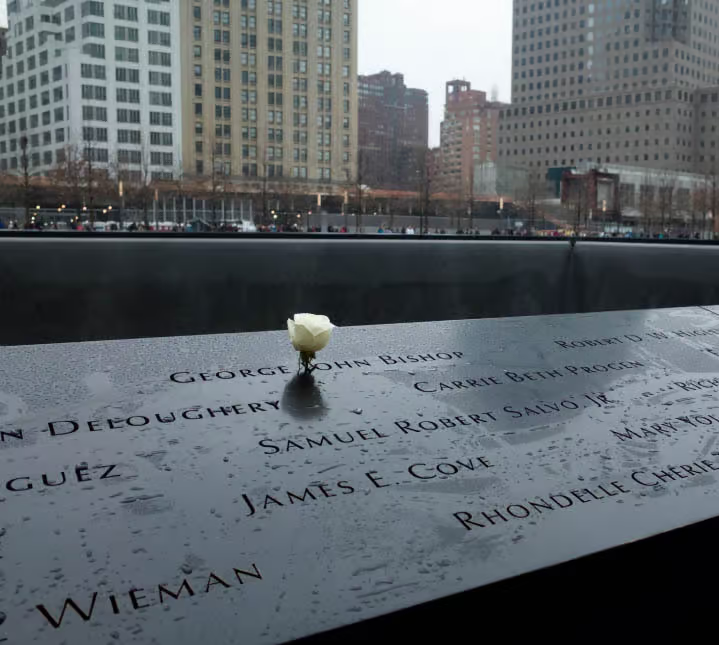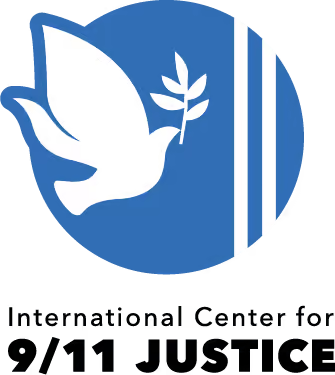The 9/11 Commission later will note that at this time, an unnamed foreign intelligence “service report[s] that [al-Qaeda deputy leader] Abu Zubaida [is] considering mounting terrorist attacks in the United States, after postponing possible operations in Europe. No targets, timing or method of attack [are] provided.” Newsweek will suggest that most or all of this information may have come from a US debriefing of al-Qaeda bomber Ahmed Ressam in May 2001 (see May 30, 2001). Newsweek will note that it is a common occurrence for foreign intelligence agencies to “simply rereport to the CIA what it had originally learned from the FBI through separate channels.” Still, even “the multiple channels for Ressam’s warnings [do] little to change thinking within the FBI or CIA…” [Newsweek, 4/28/2005; US District Court of Eastern Virginia, 5/4/2006, pp. 6 ![]() ] However, it is possible the information could be more than a mirror of what Ressam said, since a number of Western intelligence agencies are monitoring Zubaida’s phone calls before 9/11 (see October 1998 and After).
] However, it is possible the information could be more than a mirror of what Ressam said, since a number of Western intelligence agencies are monitoring Zubaida’s phone calls before 9/11 (see October 1998 and After).
October 21, 2003: Patrick Fitzgerald Blames ‘Wall’ for Intelligence Problems
Prosecutor Patrick Fitzgerald testifies before the Senate Committee on the Judiciary about post-9/11 legislative changes, and says that the removal of the “wall” was a significant step forward for US counterintelligence. The wall was a set of procedures which regulated the passage of intelligence information within the FBI and from the FBI to prosecutors (see July 19, 1995). Fitzgerald says the removal of the wall represented “the single greatest change that could be made to protect our country.” He cites four cases that he says are examples of how the wall and other such obstacles have hampered counterterrorism efforts: ![]() The arrest of Ali Mohamed. Fitzgerald claims it would have been “far less difficult” to arrest al-Qaeda operative Ali Mohamed for his involvement in the attacks on US embassies in East Africa (see September 10, 1998) had it not been for the wall. [US Congress, 10/21/2003] However, author Peter Lance will point out, “But Fitzgerald neglected to tell the senators that… prosecutors and FBI agents had been monitoring the bombing cell members for two years or that they’d had multiple face-to-face meetings with Mohamed himself.” Mohamed, who was called a “key figure” in the Day of Terror plot in the US press in early 1995 (see February 3, 1995), had actually met Fitzgerald a year before the arrest and told him that he had trained bin Laden’s bodyguards, lived in bin Laden’s house, loved and believed in bin Laden, and that he didn’t need a fatwa to attack the US, as it was obvious the US was the enemy (see After October 1997). [Lance, 2006, pp. 274-6, 299-300]
The arrest of Ali Mohamed. Fitzgerald claims it would have been “far less difficult” to arrest al-Qaeda operative Ali Mohamed for his involvement in the attacks on US embassies in East Africa (see September 10, 1998) had it not been for the wall. [US Congress, 10/21/2003] However, author Peter Lance will point out, “But Fitzgerald neglected to tell the senators that… prosecutors and FBI agents had been monitoring the bombing cell members for two years or that they’d had multiple face-to-face meetings with Mohamed himself.” Mohamed, who was called a “key figure” in the Day of Terror plot in the US press in early 1995 (see February 3, 1995), had actually met Fitzgerald a year before the arrest and told him that he had trained bin Laden’s bodyguards, lived in bin Laden’s house, loved and believed in bin Laden, and that he didn’t need a fatwa to attack the US, as it was obvious the US was the enemy (see After October 1997). [Lance, 2006, pp. 274-6, 299-300] ![]() The Day of Terror conspiracy. After the partial success of the World Trade Center bombing (see February 26, 1993), the conspirators planned to attack other targets in New York, but were arrested by the FBI, which had penetrated their cell. All of the arrested plotters were successfully convicted. However, Fitzgerald tells the committee, “Prosecutors were in the dark about the details of the plot until very late in the day.” [US Congress, 10/21/2003; Lance, 2006, pp. 118-9]
The Day of Terror conspiracy. After the partial success of the World Trade Center bombing (see February 26, 1993), the conspirators planned to attack other targets in New York, but were arrested by the FBI, which had penetrated their cell. All of the arrested plotters were successfully convicted. However, Fitzgerald tells the committee, “Prosecutors were in the dark about the details of the plot until very late in the day.” [US Congress, 10/21/2003; Lance, 2006, pp. 118-9] ![]() The Millennium Alert. Fitzgerald says that in 1999, investigations into suspected millennium plots were hampered because “criminal prosecutors received information only in part and with lag time so as not to breach the wall.” All attacks planned for the millennium failed, including one plot to bomb the Los Angeles airport (see December 31, 1999-January 1, 2000).
The Millennium Alert. Fitzgerald says that in 1999, investigations into suspected millennium plots were hampered because “criminal prosecutors received information only in part and with lag time so as not to breach the wall.” All attacks planned for the millennium failed, including one plot to bomb the Los Angeles airport (see December 31, 1999-January 1, 2000). ![]() Sharing Wadih El-Hage’s grand jury interview. In 1997, Al-Qaeda operative El-Hage provided information about bin Laden and his associates to a grand jury. Fitzgerald wanted to pass some of this information along to intelligence investigators (see September 24, 1997) but was unable to because grand jury information cannot be shared with intelligence investigators. To get around this restriction, an FBI agent had to get El-Hage to repeat the information outside the grand jury room. (Note: this example is not directly related to the “wall” under the Foreign Intelligence Surveillance Act, but rather to a similar obstacle governing the passage of information in the opposite direction—from criminal agents to intelligence agents). [US Congress, 10/21/2003]
Sharing Wadih El-Hage’s grand jury interview. In 1997, Al-Qaeda operative El-Hage provided information about bin Laden and his associates to a grand jury. Fitzgerald wanted to pass some of this information along to intelligence investigators (see September 24, 1997) but was unable to because grand jury information cannot be shared with intelligence investigators. To get around this restriction, an FBI agent had to get El-Hage to repeat the information outside the grand jury room. (Note: this example is not directly related to the “wall” under the Foreign Intelligence Surveillance Act, but rather to a similar obstacle governing the passage of information in the opposite direction—from criminal agents to intelligence agents). [US Congress, 10/21/2003]
June 27, 2004: FBI Finally Admits Possibility of Al-Qaeda Sleeper Cell in Boston
It is reported that the FBI’s Boston office is investigating if there may have been an al-Qaeda sleeper cell in Boston and whether it may have had connections to the 9/11 attacks. The Boston FBI had previously denied the existence of any Boston cell, even though they knew before 9/11 that four Boston taxi drivers—Nabil al-Marabh, Raed Hijazi, Mohamad Kamal Elzahabi, and Bassam Kanj—all knew each other well and were all connected to al-Qaeda (see January 2001; Mid-August 2001). But the FBI shows new interest in the possibility after indicting Elzahabi in Minnesota a few days earlier (see April 16, 2004-June 25, 2004). The Boston Globe comments, “The possibility that unknown people in Boston were providing support to terrorists, including the 10 who hijacked the two planes out of Logan Airport, has been the subject of much conjecture among law enforcement officials.” [Boston Globe, 6/27/2004] Unofficially, it seems that even before 9/11, some in the FBI thought that al-Qaeda had cells in Boston. On September 12, 2001, an anonymous long-time Boston FBI agent told the Boston Globe that there were “a lot of terrorist cells in [the Boston] area.… It’s a facilitator for terrorist activity. There have been cells here of bin Laden’s associates. They’re entrenched here.” [Boston Globe, 9/12/2001] Former counterterrorism “tsar” Richard Clarke says, “We uncovered plots in December of 1999 that also involved Boston cab drivers around the millennium rollover. I think there is a high probability the Boston FBI missed a major cell there.” [WCVB 5 (Boston), 6/28/2004]


